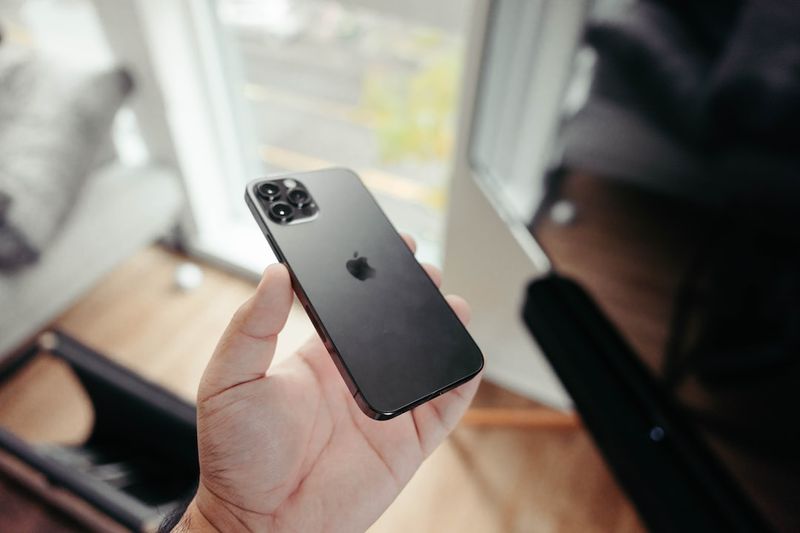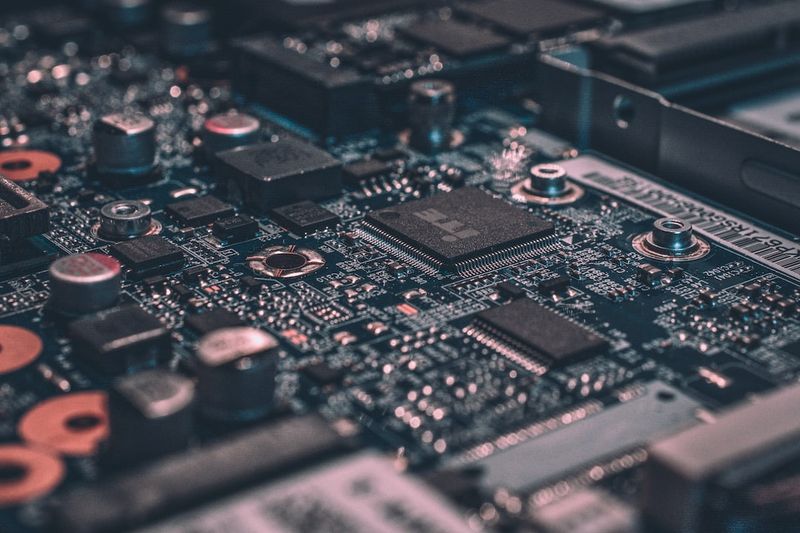Why Apple‘s iPhone 15 uses a USB-C charging cable rather than a Lightning cable
Apple recently unveiled its new iPhone 15, and one of the most significant changes is the replacement of the Lightning connection with a USB-C port. This shift has sparked curiosity among consumers, who are wondering why Apple made this change and what it means for them.
What has changed?
The iPhone 15 now uses a USB-C charging cable, which is a standard connection used across laptops and Android devices. Apple already uses USB-C on its laptops and some high-end iPads. In addition to the iPhone, Apple has also adopted USB-C for the charging case of its AirPods Pro devices.
This switch to USB-C brings several advantages. Firstly, it allows users to transfer high-quality videos from their iPhones directly onto their hard drives. USB-C also enables faster charging and data transfer speeds, making it more efficient and convenient for users.
Why did Apple make this change?
The primary reason behind Apple‘s decision to switch to USB-C is a ruling made by the European Union (EU) in June 2022. The EU mandated that all smartphones sold in Europe must use the USB Type-C charging port from 2024 onwards. The EU aims to standardize charging ports in order to reduce electronic waste and promote consumer convenience.
This ruling aligns with the EU’s goal of encouraging self-regulation within industries. If companies like Apple fail to regulate themselves, the EU resorts to legislation to bring about change. The EU hopes that a standardized charging port will prevent market fragmentation and inconvenience for consumers.
Therefore, Apple‘s adoption of USB-C in the iPhone 15 can be seen as a response to the EU’s ruling, as the company aims to comply with international regulations and avoid potential legal issues in the European market.
Apple‘s initial response to the ruling
Initially, Apple expressed concerns regarding the EU’s proposal for a mandated charging port. The company argued that such strict regulations could stifle innovation rather than encourage it and harm consumers in Europe and around the world. However, Apple eventually decided to embrace the USB-C standard, likely recognizing the benefits of a standardized charging port.
While being forced to use a technology that everyone else is using may seem restricting to a company like Apple, it is necessary to adapt and compete in the global market. By adopting USB-C, Apple ensures that its devices are compatible with the charging accessories widely available for other devices, which ultimately benefits consumers.
What does this change mean for consumers?
If you purchase the new iPhone 15, your existing Lightning cables will no longer be compatible. This means that you will need to invest in USB-C charging cables, adapters, or new accessories. While this change may initially cause inconvenience or frustration, it is important to consider the long-term benefits.
The benefits of USB-C
USB-C offers several advantages over Lightning cables. Firstly, it provides faster charging speeds, allowing you to charge your iPhone at a more rapid pace. USB-C also enables faster data transfer, making it easier to sync your files and media with other devices. Additionally, USB-C is a widely adopted standard, so you can use your iPhone charger with various other devices, including laptops, tablets, and Android phones.
Furthermore, if you switch from an Android phone to an iPhone, you can use the same charging brick and cable, simplifying the transition and eliminating the need for multiple chargers. This interoperability between devices is a significant benefit of USB-C.
The cost of the transition
However, it is important to acknowledge that the transition to USB-C may come at a cost for some consumers. Those who have invested in Lightning accessories, such as car chargers, speaker systems, or docking stations, may need to purchase new accessories or adapters to make them compatible with the new iPhone 15. This additional expenditure can be frustrating for users.
Despite these initial inconveniences, it is expected that consumers will adapt to the USB-C standard and eventually see the benefits it offers. It is also worth noting that Apple has released a Lightning to USB-C adapter, priced at $29, which allows users to continue using their existing Lightning cables with the new iPhone 15.
Conclusion
Apple‘s decision to switch from Lightning to USB-C in the iPhone 15 is primarily driven by the European Union’s regulations. While Apple initially expressed concerns about a mandated charging port, the company ultimately realized the benefits of a standardized connection and decided to embrace USB-C.
For consumers, this change means that Lightning cables will no longer be compatible with the new iPhone 15. However, USB-C offers faster charging and data transfer speeds, interoperability with other devices, and compliance with international standards. While transitioning to USB-C may incur additional costs for some users, it is expected that the benefits will outweigh the inconveniences in the long run.

<< photo by Aaditya Ailawadhi >>
The image is for illustrative purposes only and does not depict the actual situation.
You might want to read !
- The Future of Apple: Unveiling the Apple iPhone 15 and its USB-C Revolution
- Taylor Swift dominates VMAs as NSYNC reunion steals the show
- Born to Privilege: Exploring the Rise of the ‘Nepo Babies’
- The Future of Communication: Apple’s iPhone 15 Revolution
- Will the iPhone 15 revolutionize without its iconic lightning connector?
Title: “Unleashing the Storm: Exploring the Lightning-Free Future of Apple’s iPhone 15”
- Apple Unveils Revolutionary Upgrades for iPhone 15 and iPhone 15 Pro
- The Evolution of Apple Watch: Exploring the Impressive Double Tap Gesture of the Nifty Series 9
- Apple pushes back on French conclusions, asserts iPhone 12 complies with radiation regulations.
- “Game Over for Apple’s iPhone 13 Mini: The End of a Small Screen Era”
- “Can A Virginia Democrat’s Sharing of Controversial Content Affect Key State House Race?”
- “Andy Murray’s Redemption Plan: A Triumph for Great Britain in the Davis Cup”
- “Ahsoka” Episode 5 Recap: Pursuing the Specters of Superior Narratives
- “The Mandalorian: Dive into the Hidden Gems and Analysis of Ahsoka Episode 5”




